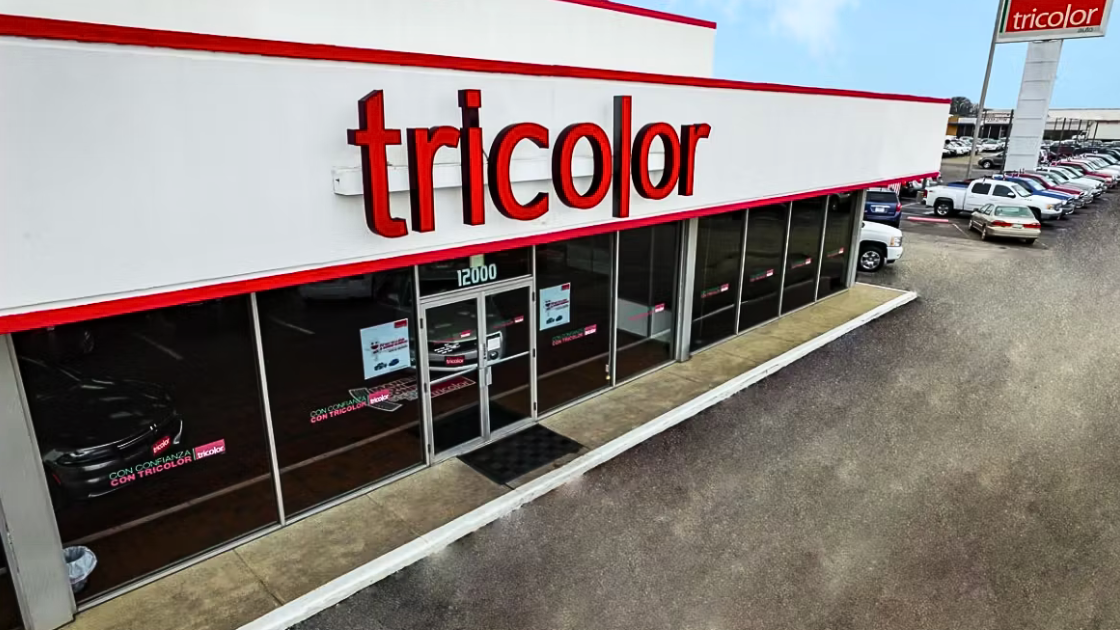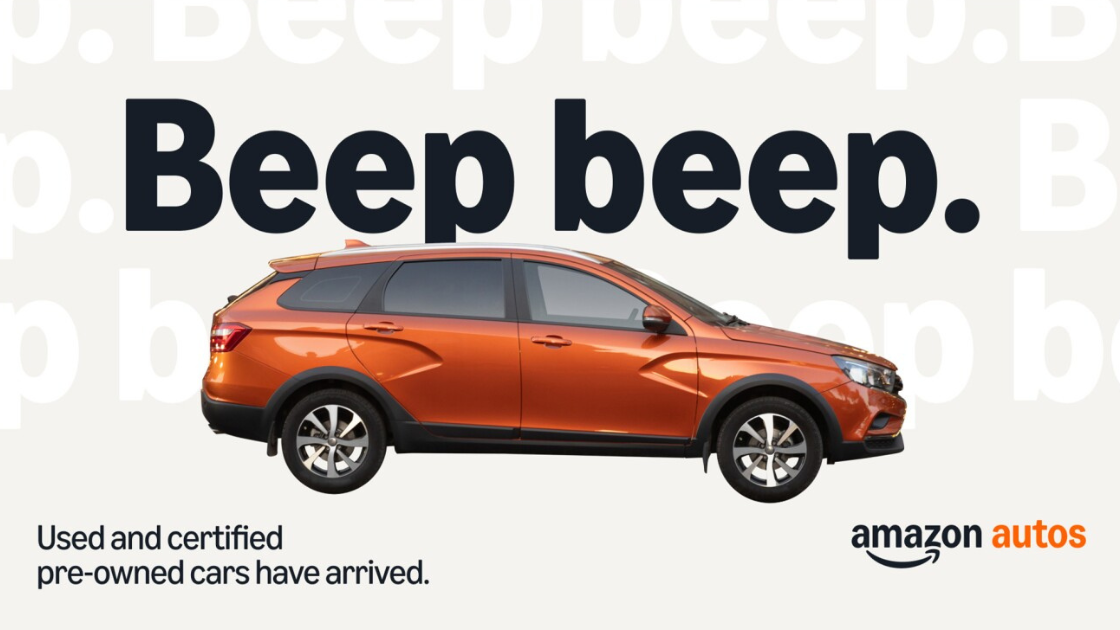Hey, everyone.
We added a new referral program at the bottom of this email. Know someone who you think will find this newsletter valuable? Send ‘em your referral link — Refer 15 people, and I’m taking you to drinks or coffee or dinner or whatever at NADA Conference 2025 🙂 But seriously, I appreciate you sharing this with your network.
Alright — let’s get into today’s edition.
—CDG
First time reading the Car Dealership Guy Newsletter? Subscribe here.
Car Dealership Guy Week-in-Review
Each week, I curate the top 5 automotive industry headlines based on the topics CDG readers engaged with the most on social media. Let’s get started.
1. Ford, GM assess their hybrid vehicle future
What's happening: Ford CEO Jim Farley and GM CEO Marry Barra took the stage separately at a recent conference to share their perspectives on long-term powertrain strategy.
Ford: Farley wants the industry to see hybrids as more than a temporary solution before full EVs.
Key quote: "I think we should stop talking about it as transitional technology on the powertrain side. It's 25 years old now," said Farley.
"Many of our hybrids in the U.S. are now more profitable than their non-hybrid equivalent," he added.
GM: CEO Mary Barra sees EVs as the ultimate destination, acknowledging hybrids' limitations on emissions.
Key quote: "[Hybrids are] not the end game because [they're] not zero emission," Barra said.
"We're trying to be very smart about how we do that and how we deploy capital there," she added.
More to the story: Hybrid sales at Ford Jumped 47% in the first four months of 2024, with the Maverick and F-150 hybrids reporting strong numbers. GM plans to bring back plug-in hybrid vehicles to its lineup by 2027, according to an interview with Barra, but the automaker is still committed to an all-electric future in the long term.
The road ahead: Can Ford's profit-driven hybrid strategy work long-term? Or will GM's all-in bet on EVs pay off as battery technology advances?
What our readers say:

The reality is automakers are switching up their plans because most EVs aren’t selling fast enough.
2. EVs and sedans selling slowly, best chance for discounts
Top line: New inventory data reveals opportunities for discounts and increased inventory turnover on over-supplied cars.
Why it matters: The most negotiable models are the ones with the longest days’ supply (the slowest selling), and EVs as well as sedans are the best bets for discounts.
Of note: Keep in mind that the average days supply earlier this month was 76 days, according to Cox Automotive.
Let’s start with EVs:
Ford F-150 Lightning (128 days)
Ford Mustang Mach-E (166 days)
Hyundai IONIQ 5 (140 days)
Cadillac Lyriq (184 days)
Chevrolet Blazer EV (507 days)

Cadillac Lyriq
Next are sedans:
Kia K5 (150 days)
Hyundai Sonata (154 days)
Nissan Altima (144 days)
Nissan Sentra (120 days)
Mazda Mazda3 (147 days)
The bottom line: Whether you’re a dealer looking to move inventory or a consumer in search of a good deal, watching the days’ supply is your best bet. Typically – the longer it takes to sell a vehicle, the more flexible the price becomes.
Discounts are returning in a big way – if you look in the right places – and they can offer some relief from stubbornly high interest rates.
Move your dealership with Uber for Business
Leverage the largest mobility network in the world to request rides for customers —even if they don’t have the Uber app.
Increase customer satisfaction: Provide on-demand rides with a flexible, familiar platform.
Control costs: Reduce costs associated with loaner and shuttle use. Only pay for rides taken.
Insurance and safety: Uber maintains commercial auto insurance that covers passenger trips on the Uber platform.
Streamline operations: Move people and parts with one dashboard.
Learn more about Uber for Business→ t.uber.com/CDGauto.
3. Average new and used car loan rates hold steady in April
Top line: Data from Edmunds shows car loan rates have stalled to similar levels seen in March.
Why it matters: Consistently high loan rates coupled with high average vehicle prices and inflation continue to squeeze consumer budgets. Some car buyers are trying to lower costs by choosing shorter loan terms, even if it means higher monthly payments.

By the numbers: Typical new car interest rates steadily increased each month from January to March but remained unchanged in April.
Average new car loan rates ended April at 7.2%, below the high of 7.6% in October 2023.
Used car loan rates fell 0.3% from March to April, and are now at 11.6%.
What we’re watching: Fighting inflation is proving trickier than expected for the Federal Reserve. While they raised interest rates to a multi-decade high in 2023, progress on lowering inflation stalled in 2024. This has left the Fed unsure about when or if rates will come down this year.
So, what do car buyers end up doing to avoid this “affordability hurdle?”
They lease.
4. A look inside the leasing comeback
Big picture: Increased vehicle inventory has fueled a significant rise in new car leases. In Q1, leases accounted for 24.12% of all new car financing. That's up 19.33% year-over-year, according to new data from consumer credit reporting company Experian.
Vocab time: Leasing a car means the driver does not own it. They are essentially renting it for a set time with a mileage limit.
What’s more: The average monthly payment for a new lease is slightly less expensive, dropping $7 compared to the previous year and reaching $595 in Q1.
The average monthly payment for a new lease is $140 lower than a traditional loan.
Why it matters: Over 13.6% of all new payments (loan and lease combined) are over $1,000 before insurance — a heavy lift for the majority of consumers. Leasing provides lower monthly payments than traditional financing methods. Saving nearly 20% on a monthly payment is necessary for many car buyers, given the double-whammy of high interest rates and inflation.
By the numbers:
Super Prime and Prime+ car buyers (the groups with excellent credit scores) chose to lease over 30% of the time.

Top 3 leased new makes:
Honda (11.75%)
Toyota (8.34%)
Chevrolet (7.18%)
The intrigue: Car buyers are leasing EVs at a higher rate than in previous years.
Leasing made up 35.22% of EV financing in Q1, an increase from 12.27% year-over-year.
The average payment difference between an EV lease and a loan is $88.
The reason: Under the new EV tax credit rules, leasing might allow car buyers to claim the full tax credit, even if the specific car wouldn't qualify if purchased through other financing means.
Bottom line: In 2019, leasing was an attractive option. It let most consumers commit to a lower monthly payment if they didn't mind the stipulations. Today, vehicle prices are dropping. But they are still near record highs. So, leasing is a much-needed necessity for consumers.
What our readers say:


But some near- prime and sub-prime car buyers might be left out of this equation altogether.
5. New report exposes gaps in lending habits
Top line: New research suggests some auto lenders are overlooking critical data when making credit approval decisions.
At a glance: Open Lending’s report on auto loan trends reveals that the share of near- and non-prime consumers has reached a five-year low.
By the numbers:
Just 14% of new car buyers are near-prime or non-prime, down from 20% in 2019.
Only 35% of used car buyers are near-prime or non-prime, down from 42% in 2019.
Delinquencies among buyers that qualified as mostly-prime and above rose 8% in 2023.
On the other hand, the rate of delinquency declined 12% in the near- and non-prime categories.
Why it matters: Lenders are focusing approvals on buyers in the mostly-prime and prime categories. That’s not a surprise given how careful lenders have been during this era of high interest rates and inflation. What is a surprise is that delinquencies are on the rise among prime buyers, despite cautious lending practices.
Open Lending attributes this shift to the practices creditors are using to approve buyers.
Rather than thoroughly checking a borrower’s history for more insightful data, most financing institutions are denying loan applications based primarily on credit score.
Only 40% of lenders are using more thorough analysis to determine a consumer’s creditworthiness.
What this means: Lending firms are approving prime buyers with red flags in their credit reports while also overlooking sub-prime buyers with a strong payment history.
Bottom line: Auto lenders are more discerning than ever when it comes to approvals, but some aren’t making decisions based on the full picture of a buyer’s credit history.
Have a tip for our editorial team? Send us your scoop at [email protected].

Some standout opportunities from the CDG Job Board for anyone looking for their next move:
Want to come join the CDG Media rocket ship? We’re looking for a PT/FT graphic designer to join the team.
This is a great opportunity for someone who wants to flex their sales skills: Tom Whiteside Chrysler Dodge Jeep Ram is hiring a sales rep in Mount Sterling, OH.
Are you a salesperson at heart? OPENLANE has 10 roles for Market Sales Managers all over the country.
Looking to hire? Add your roles today—it’s 100% free.
Thanks for reading. Hit reply and let me know if you found this week-in-review valuable or have any feedback. I’ll see you next weekend.
—CDG
Did you like this edition of the newsletter?
Want to advertise with CDG? Click here.
Want to be considered as a guest on the CDG podcast? Right this way.
Want to pitch a story for the newsletter? Share it here.











